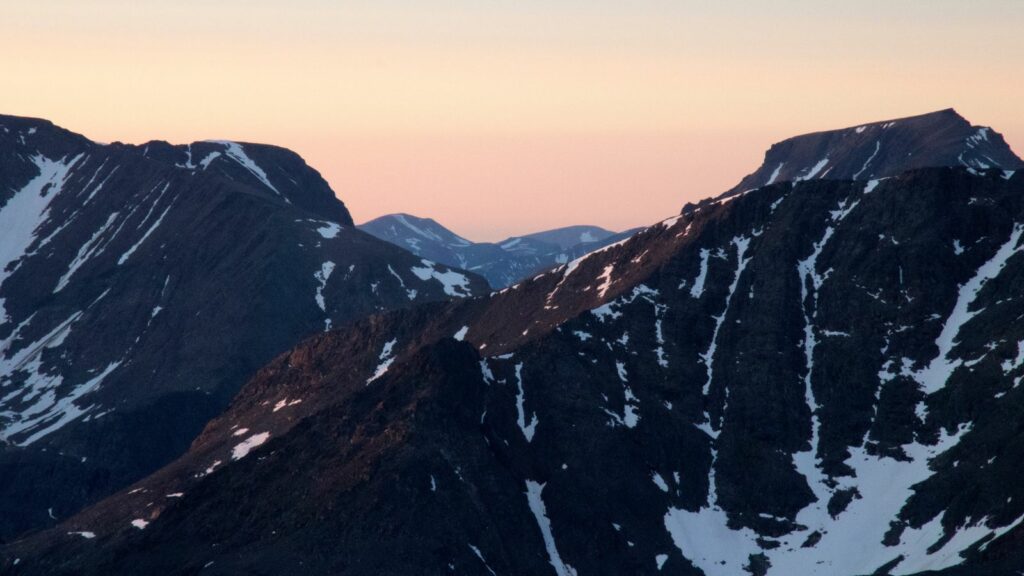Canada, with its staggering natural beauty, is home to some of the most awe-inspiring landscapes in the world. But many of these majestic places are under threat from climate change, urban expansion, pollution, and other human-driven forces. From ancient glaciers to rare coastal ecosystems, some of Canada’s most iconic wonders are slowly vanishing. If you’ve ever dreamed of exploring these gems, now might be your last chance.
Athabasca Glacier, Alberta
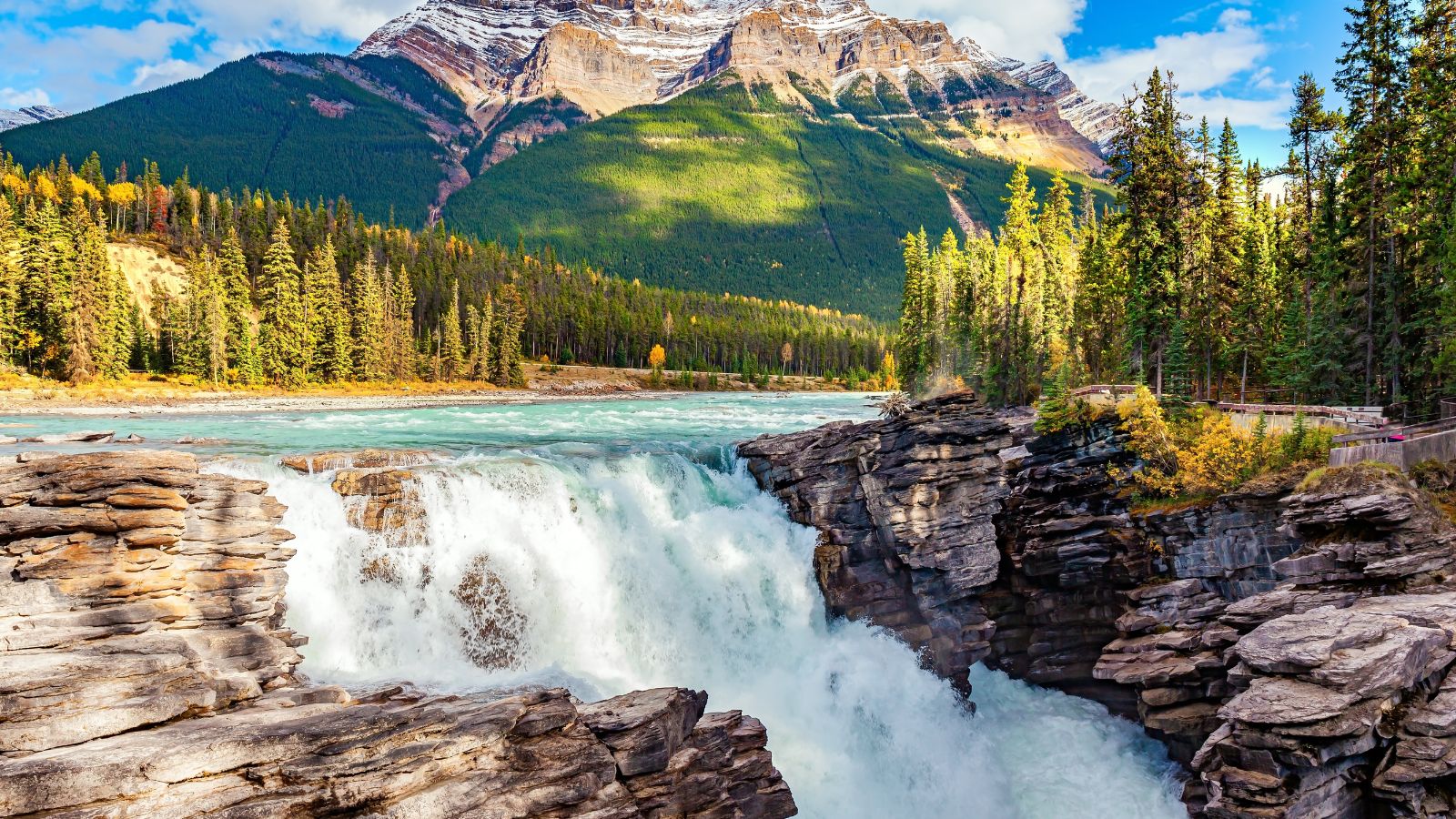
Located in Jasper National Park, the Athabasca Glacier is one of the most accessible glaciers in North America. Tourists can walk right up to it or take a guided tour. However, this ancient river of ice is rapidly receding due to warming temperatures. Experts predict it could disappear entirely within a generation if trends continue. The glacier’s retreat is more than just a visual loss; it affects freshwater supplies and ecosystems downstream. As this ice giant shrinks, its historical and environmental significance becomes a poignant reminder of what’s at stake in the fight against climate change.
Bay of Fundy, New Brunswick and Nova Scotia
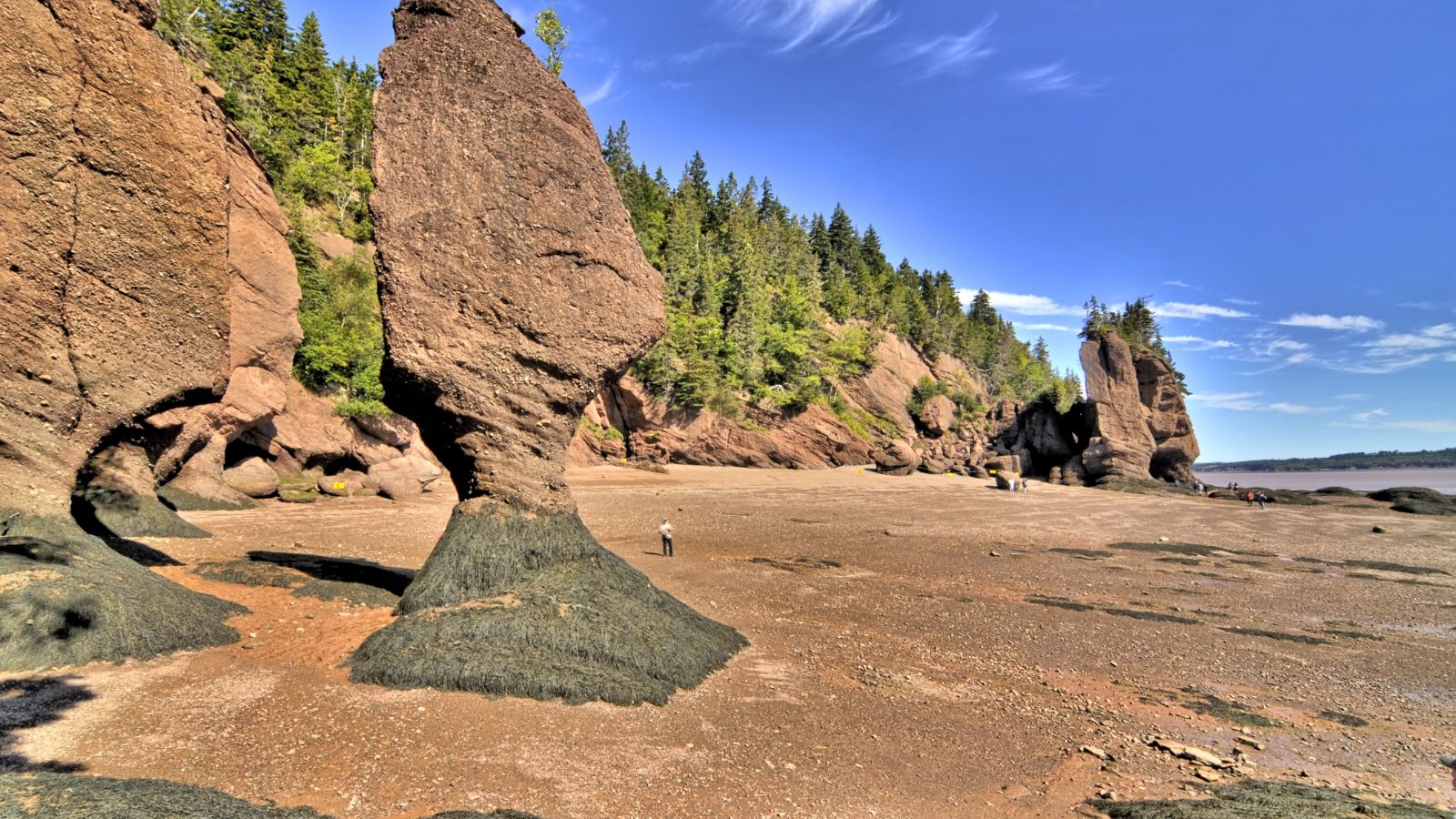
The Bay of Fundy is known for having the highest tides in the world, with dramatic changes that reveal vast stretches of ocean floor. This dynamic region supports diverse marine life and coastal ecosystems. But, rising sea levels and increased storm activity are putting pressure on this natural wonder. Erosion is reshaping the bay’s unique coastal cliffs, threatening the habitats of species like the endangered North Atlantic right whale. If current patterns continue, many of the bay’s most iconic features could be lost or permanently altered.
Kaskawulsh Glacier, Yukon
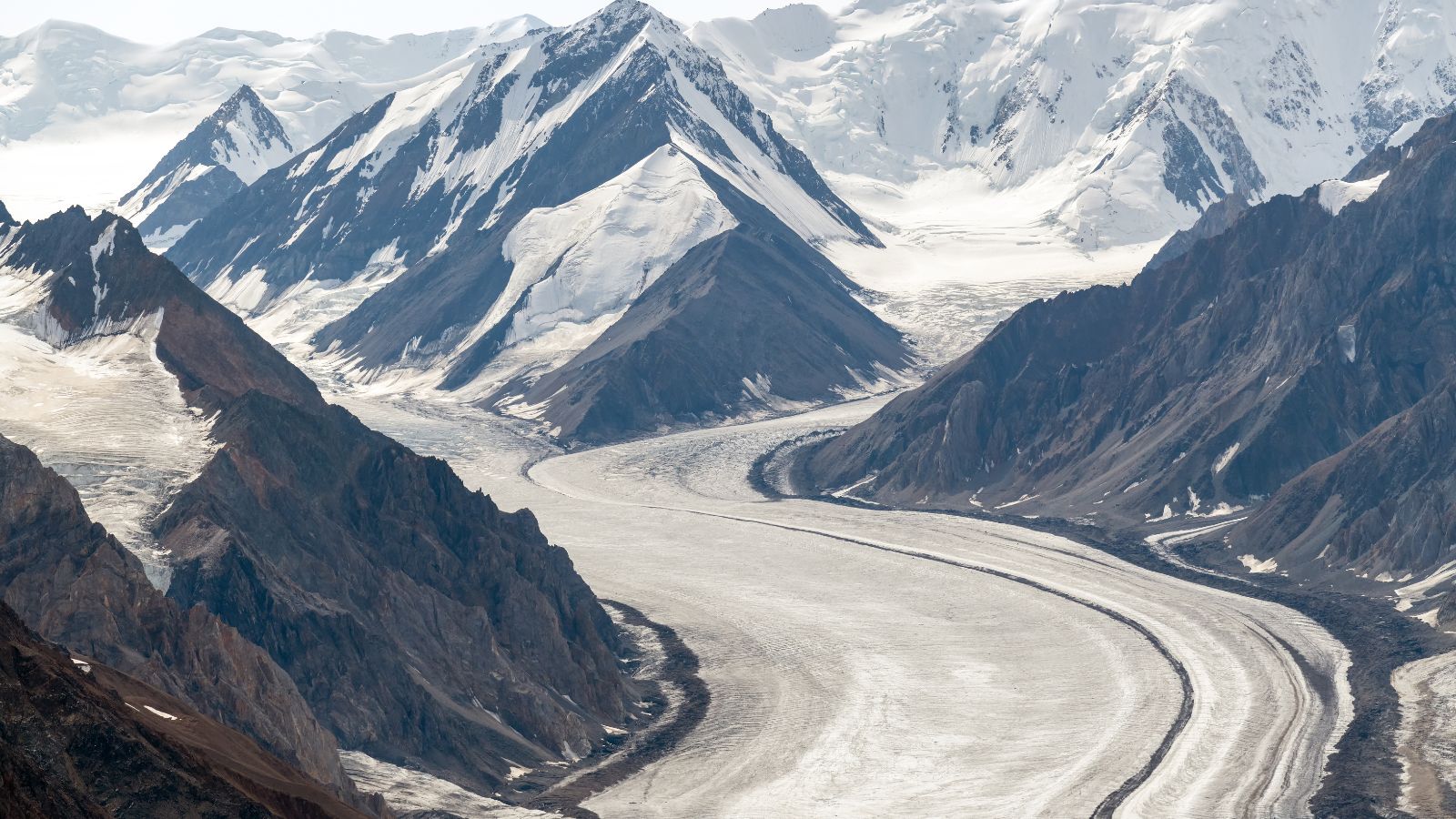
Situated in Kluane National Park, the Kaskawulsh Glacier is a massive ice field that once fed two separate river systems. In 2016, rapid melting caused the glacier to change direction, rerouting its meltwater entirely and drying up the Slims River almost overnight. This unprecedented event highlighted the extreme sensitivity of glacial systems to warming temperatures. With ongoing melt, the glacier’s retreat could further disrupt local hydrology, impacting plant and animal life across the region.
Hopewell Rocks, New Brunswick
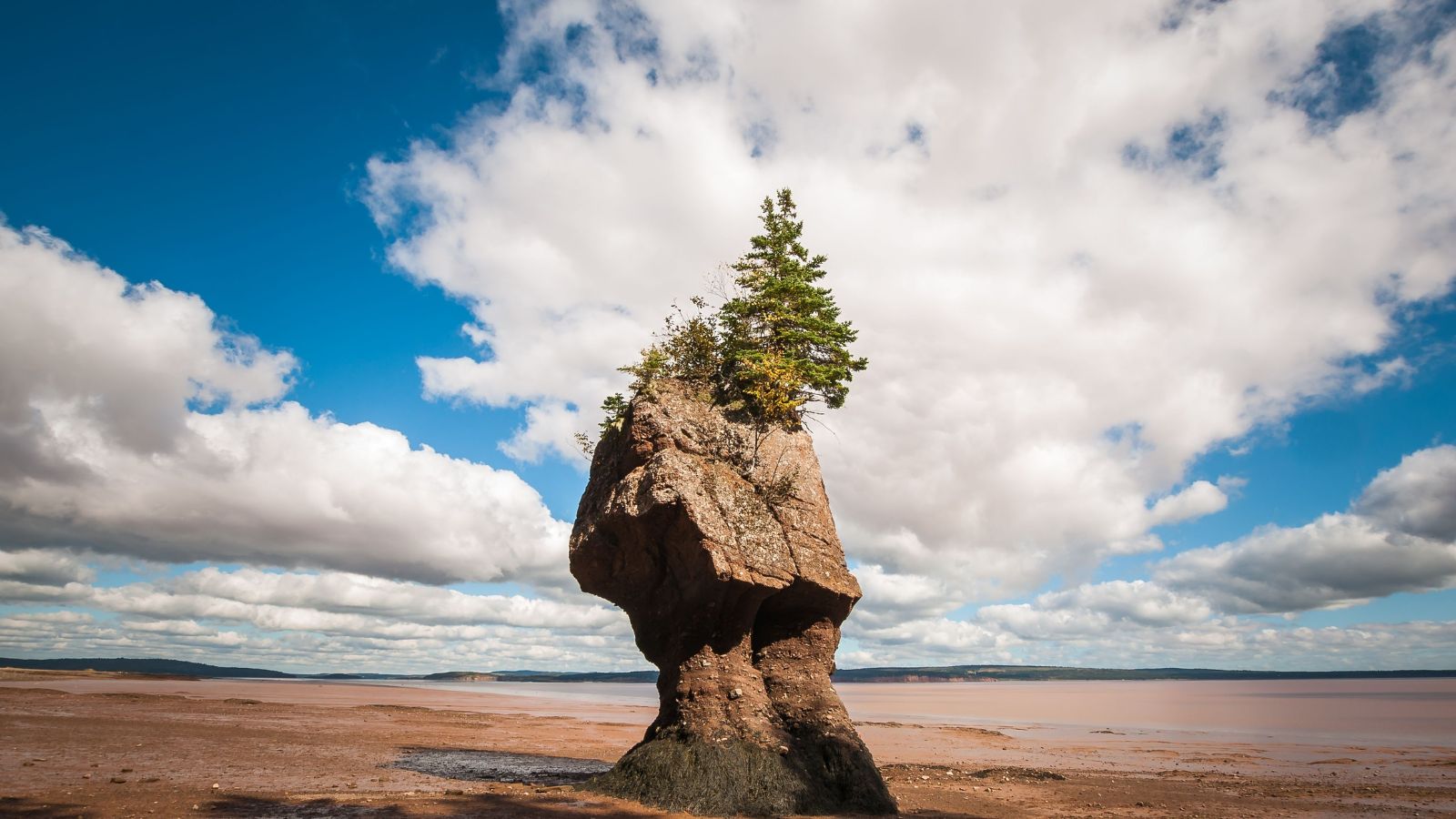
The flowerpot-shaped rocks at Hopewell Cape are a beloved feature of the Bay of Fundy coastline. Formed by millennia of tidal erosion, these formations are slowly being whittled away by the very forces that created them. Each year, sections of the rock formations collapse into the sea, with climate-related sea-level rise accelerating the process. Visiting now offers a glimpse of a landscape that may soon be unrecognizable.
Icefields Parkway, Alberta
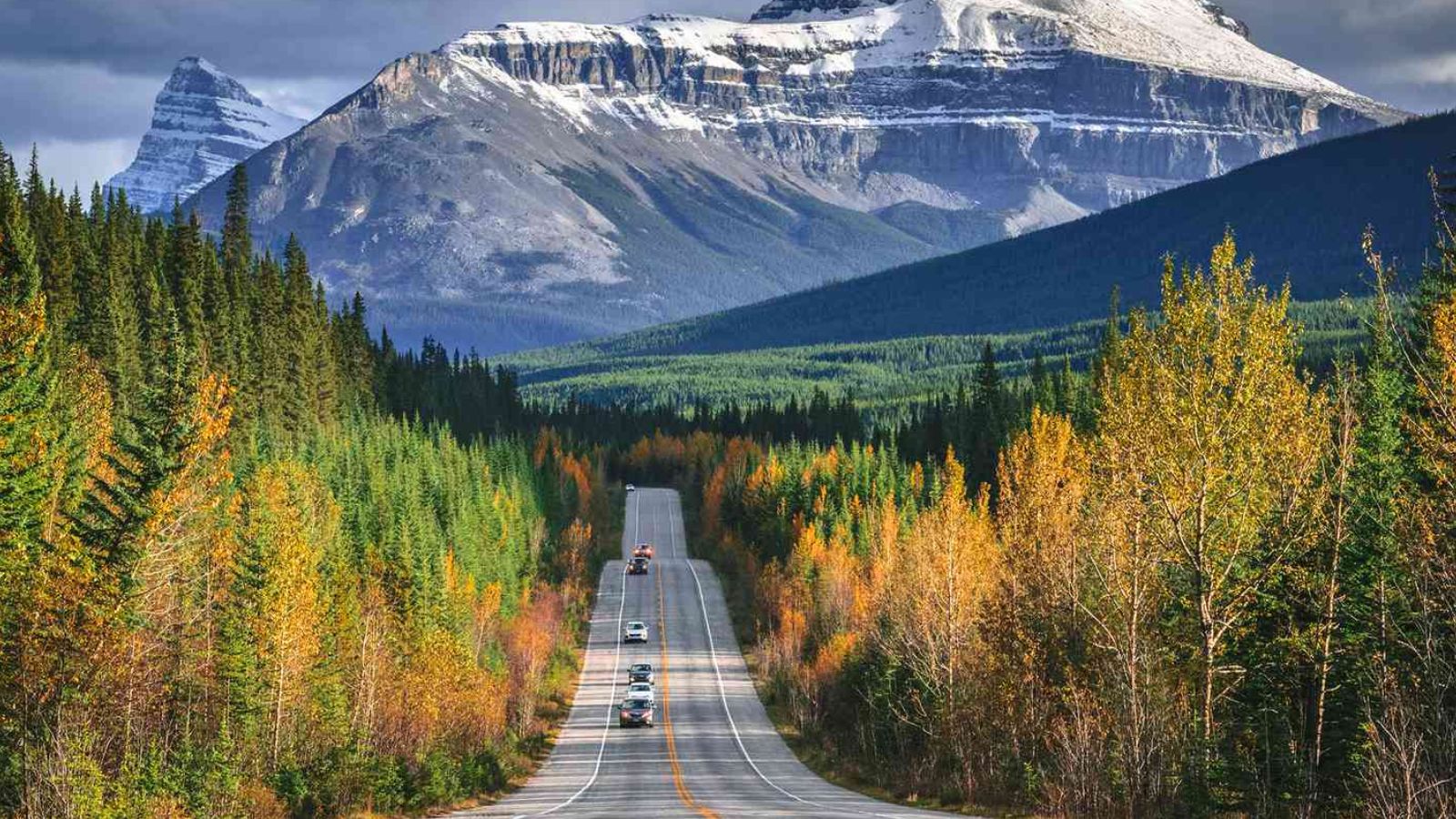
The Icefields Parkway is one of the most scenic drives in the world, stretching between Banff and Jasper National Parks. It offers stunning views of glaciers, turquoise lakes, and rugged peaks. However, the very glaciers that give the parkway its name are melting rapidly. Shrinking icefields threaten both the beauty and the biodiversity of the region. As the landscape changes, so too does the experience of those who traverse it.
Great Bear Rainforest, British Columbia
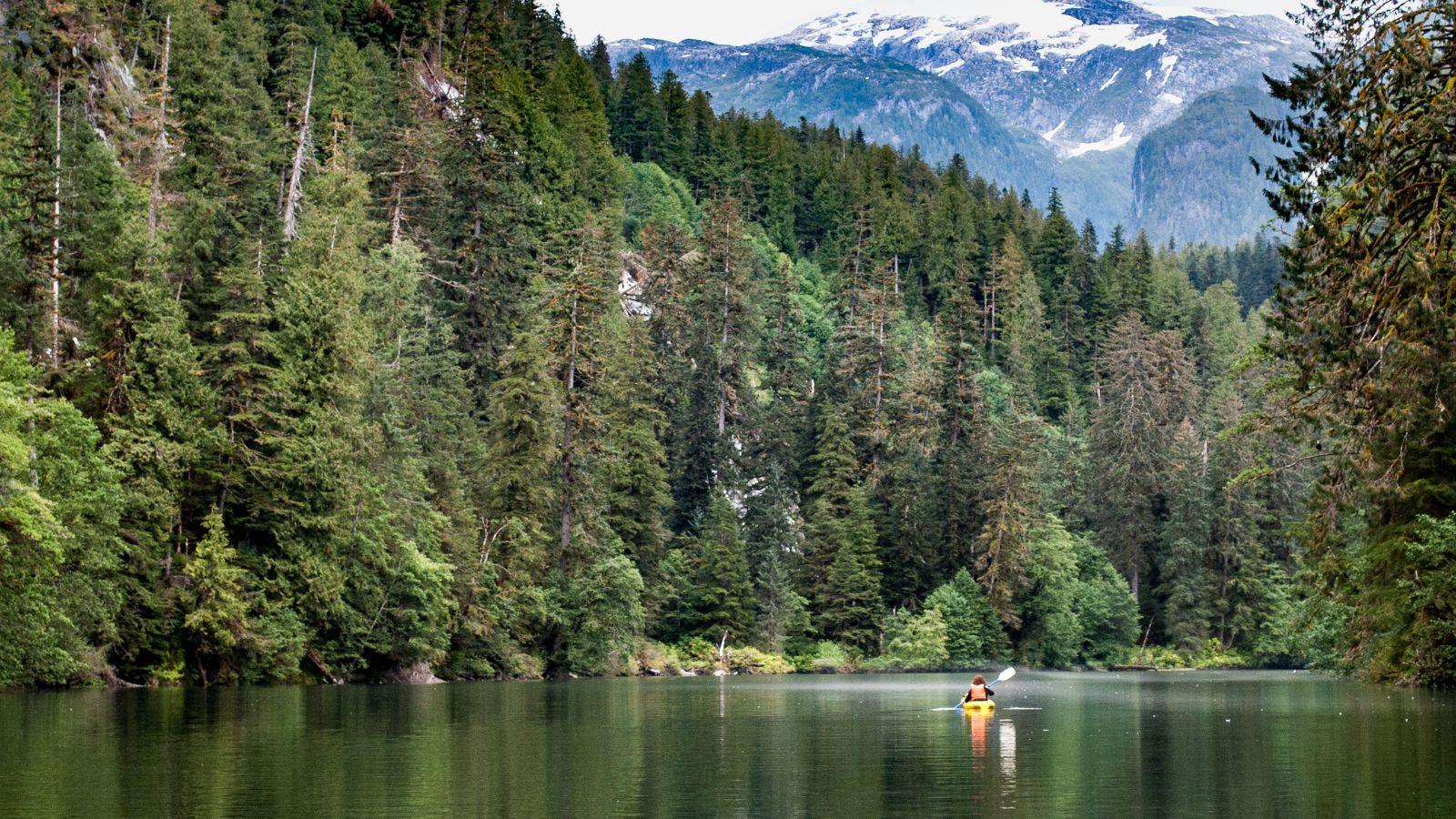
This ancient temperate rainforest is one of the largest intact ecosystems of its kind on Earth. Home to rare species like the spirit bear, it has remained relatively untouched for centuries. But even protected areas are not immune to climate change and industrial pressures. Warmer temperatures are altering tree growth and increasing the risk of wildfires. Long-term preservation requires continued effort, making it a must-see destination while it’s still thriving.
Permafrost Landscapes of the Northwest Territories
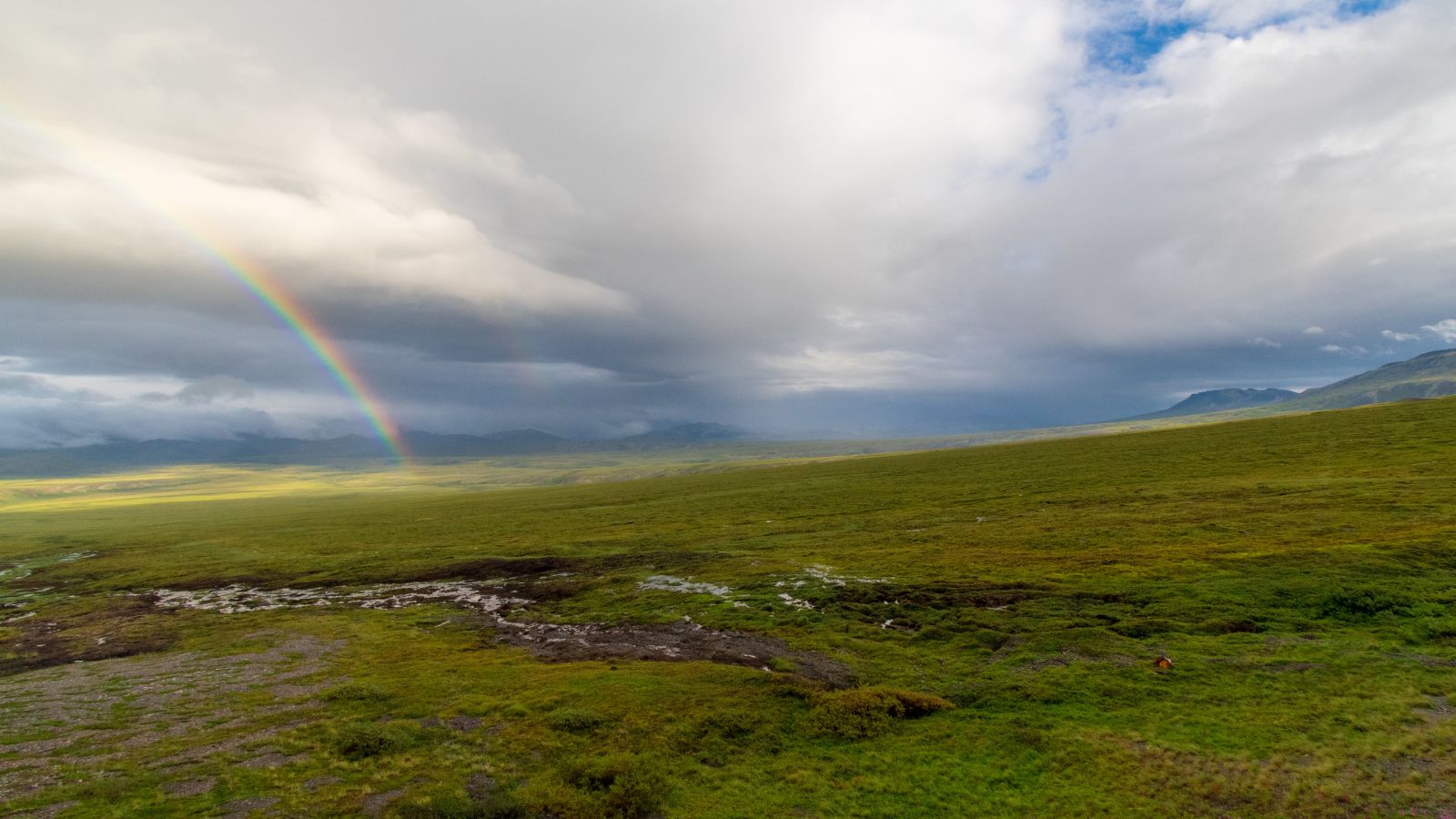
The frozen ground, or permafrost, in Canada’s Arctic holds carbon that has been locked away for thousands of years. As temperatures rise, this permafrost is thawing, dramatically reshaping the land and releasing greenhouse gases. Communities built on permafrost face subsidence, while ecosystems are being altered beyond recognition. These changes offer a stark preview of what unchecked warming could bring globally.
Point Pelee National Park, Ontario

Point Pelee is the southernmost point of mainland Canada and a vital stopover for migratory birds. This fragile spit of land juts into Lake Erie and is constantly shaped by wind and waves. Erosion and rising lake levels are narrowing the park’s shoreline, putting rare ecosystems and nesting areas at risk. Birders and nature lovers should visit while this unique sanctuary still thrives.
Baffin Island, Nunavut
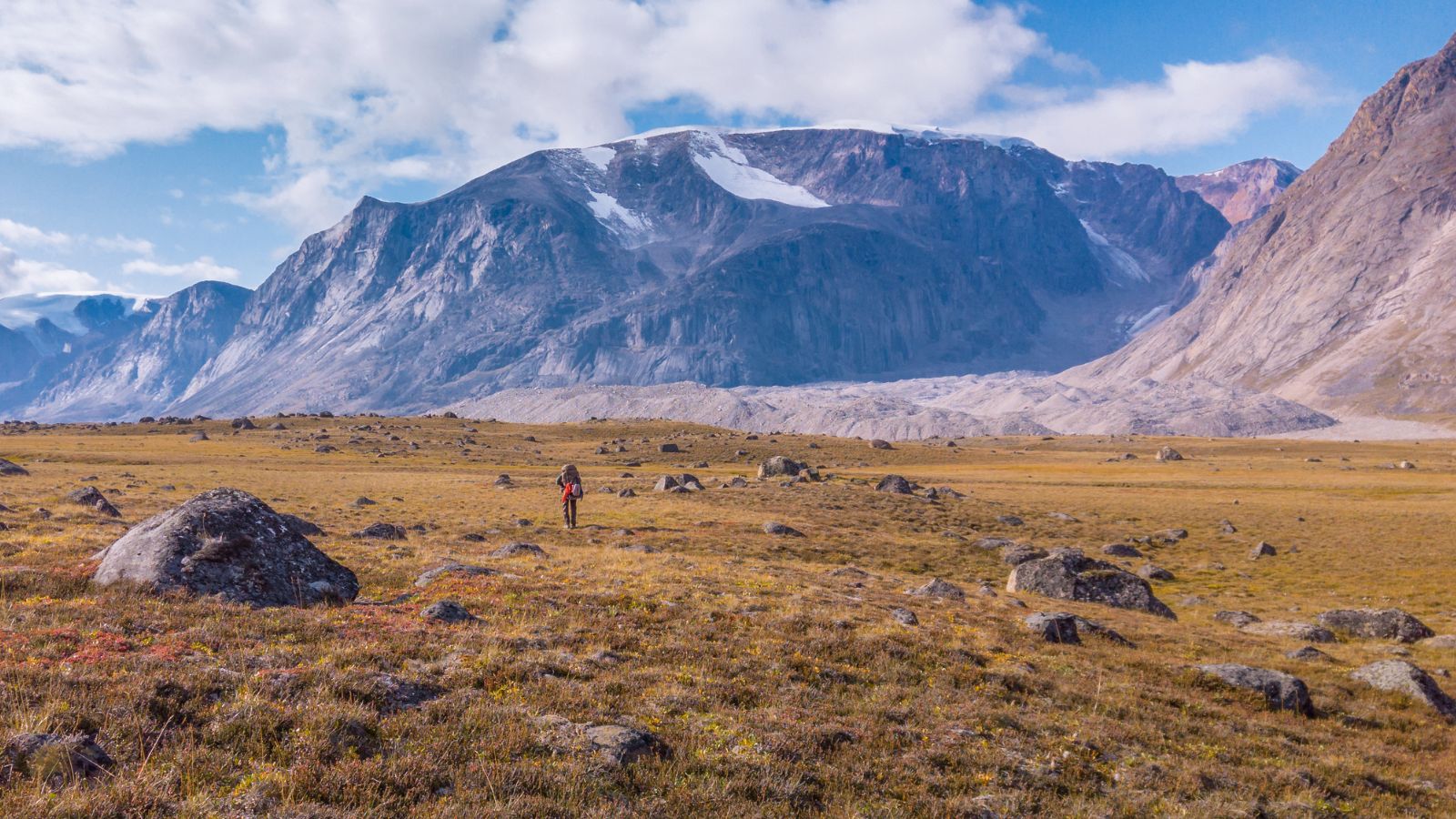
Baffin Island’s rugged fjords, towering cliffs, and expansive ice fields are a spectacle of the Arctic. Yet, warming temperatures are hitting this region particularly hard, melting sea ice and glaciers that have persisted for millennia. Traditional Inuit lifestyles and Arctic wildlife are deeply intertwined with this icy environment. Visiting now offers insight into a culture and landscape undergoing profound transformation.
Waterton Lakes National Park, Alberta
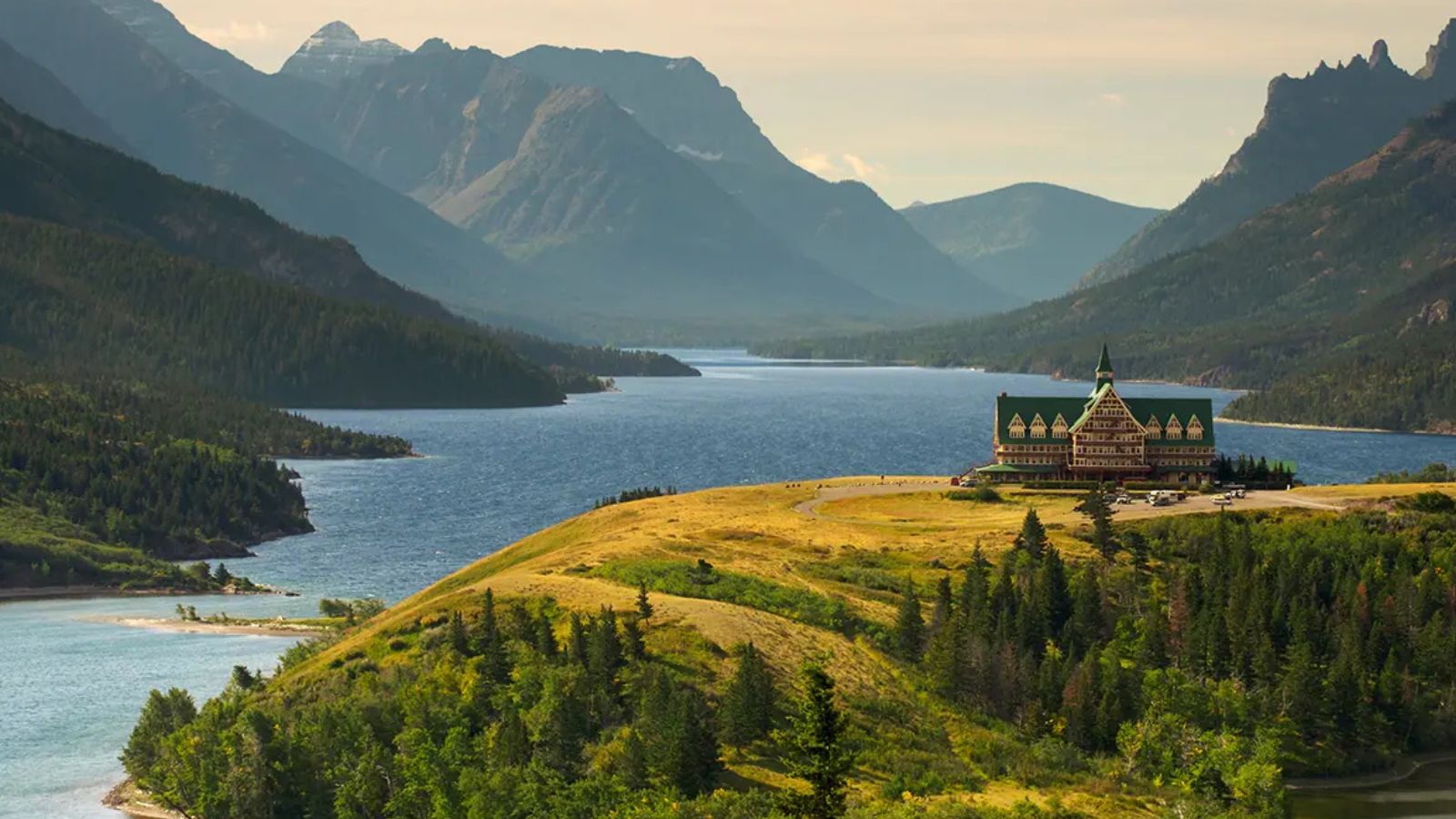
This UNESCO Biosphere Reserve is where prairie, mountain, and lake ecosystems meet. Its wild beauty includes rare wildflowers, alpine lakes, and abundant wildlife. But, increasing fire frequency and climate stress threaten to unravel its delicate balance. The 2017 Kenow wildfire burned a significant portion of the park. As conditions become more extreme, Waterton’s unique mix of ecosystems may be forever altered.
Lillooet Icefield, British Columbia
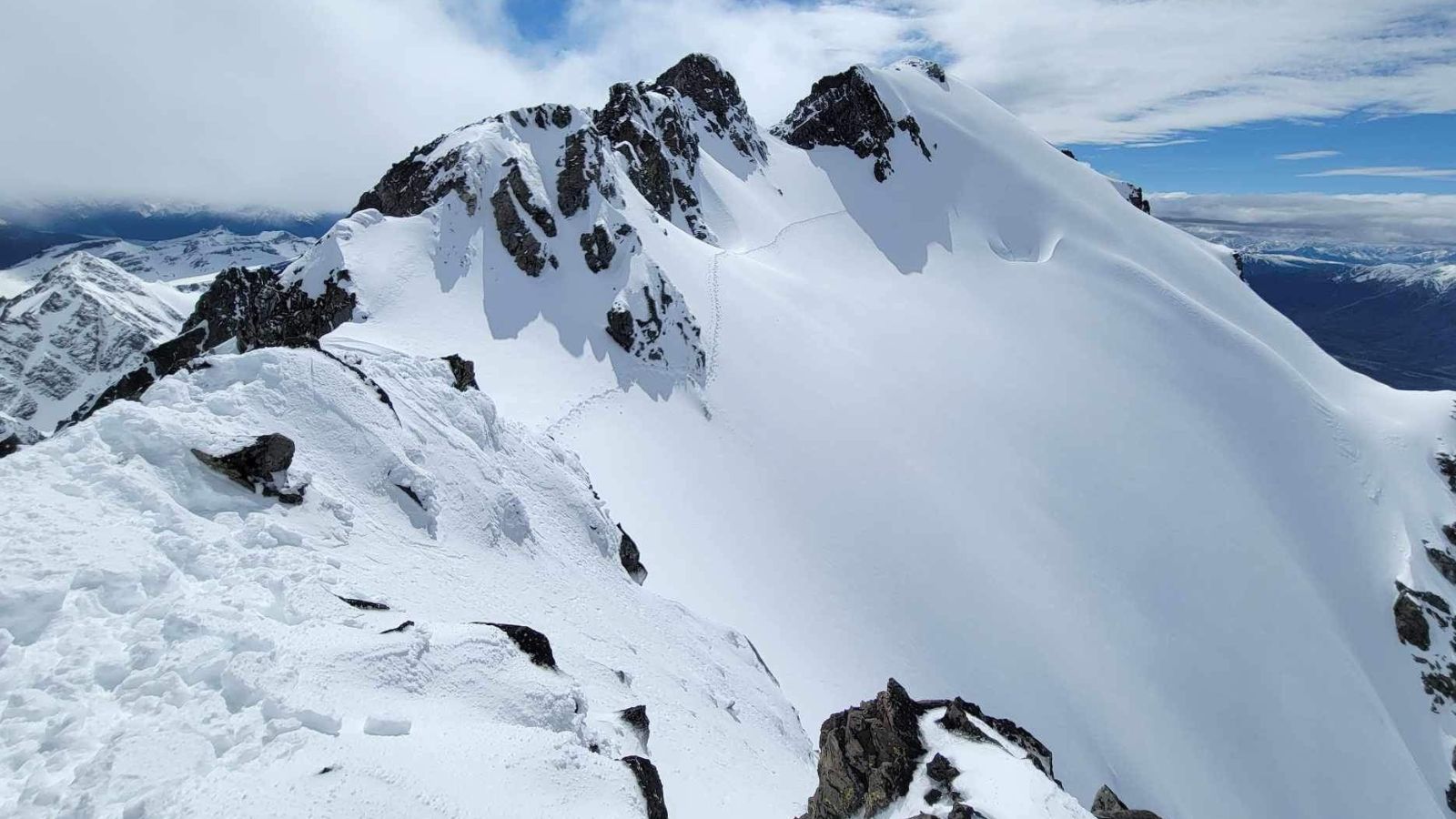
Less famous than the Columbia Icefield, the Lillooet Icefield is another glacier-covered region in the Coast Mountains. Like its more renowned cousin, it is retreating swiftly under the pressure of rising temperatures. This loss contributes to reduced freshwater flows and increased instability in surrounding terrain. Its relative isolation makes it an adventure destination worth seeking out before it’s gone.
Fraser River Delta, British Columbia
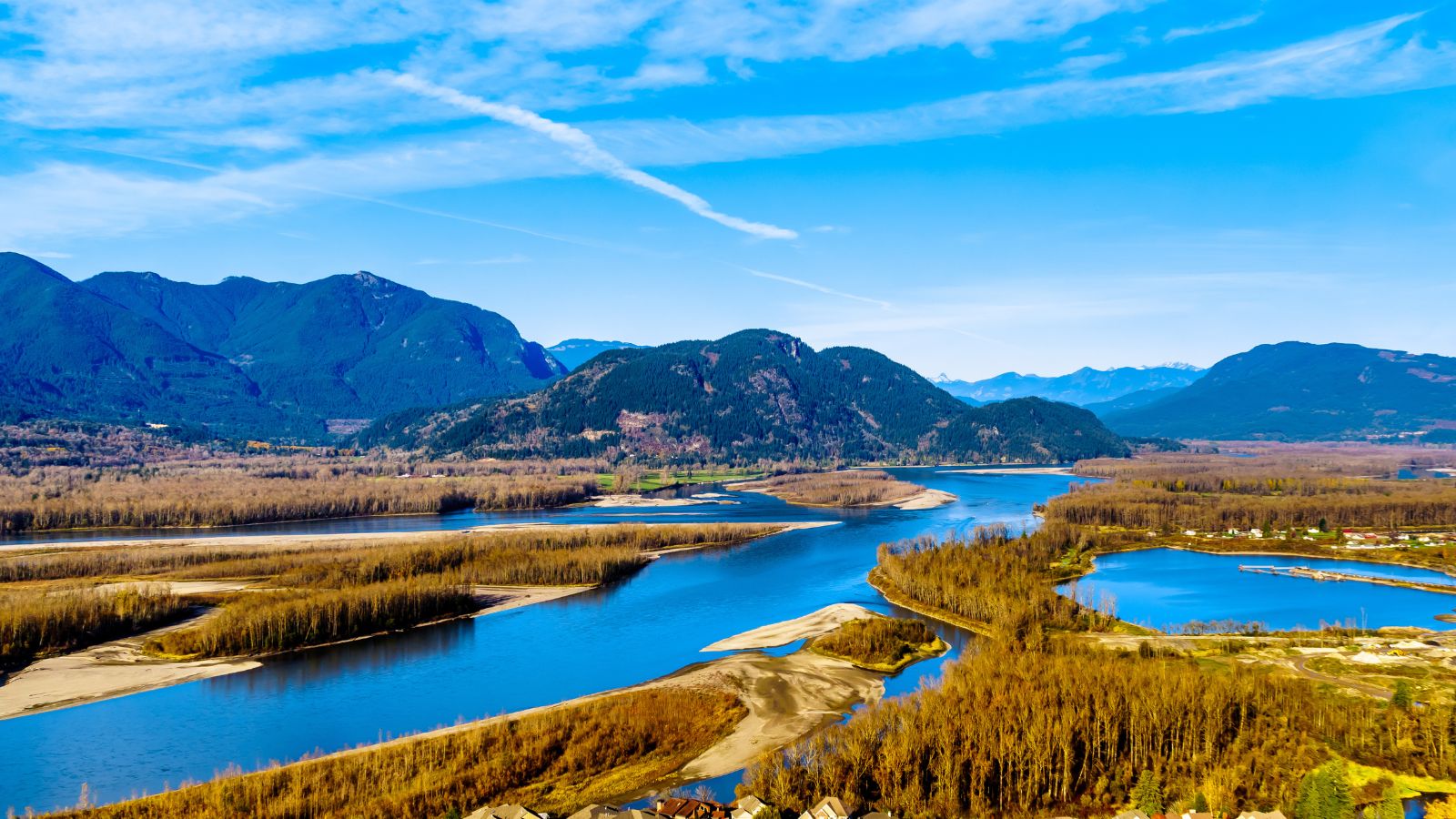
The Fraser River Delta is one of the most productive estuarine ecosystems in the country, critical for millions of migratory birds along the Pacific Flyway. Urban development and sea-level rise threaten this crucial habitat. Loss of wetlands would disrupt food webs and reduce the delta’s ability to absorb carbon and buffer storm surges. Visiting offers a powerful lesson in conservation urgency.
Torngat Mountains, Newfoundland and Labrador
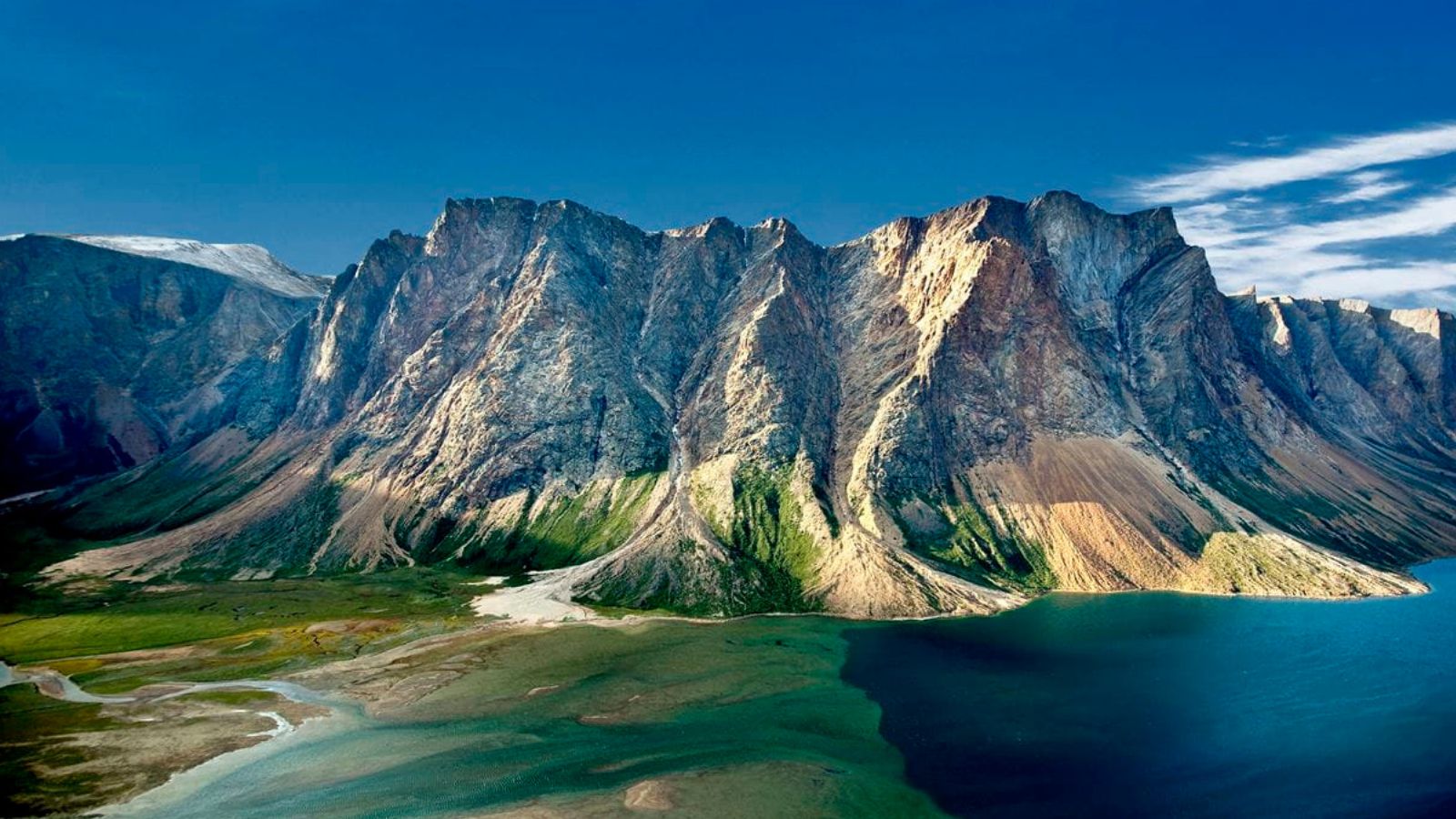
Remote and pristine, the Torngat Mountains are a rugged coastal range in northern Labrador. Home to polar bears, caribou, and Inuit cultural heritage, this is one of Canada’s most untouched wilderness areas. Warming temperatures threaten both wildlife and traditional knowledge systems. With melting sea ice altering animal migrations, the very character of the region may shift in just a few decades.
Lake Winnipeg, Manitoba
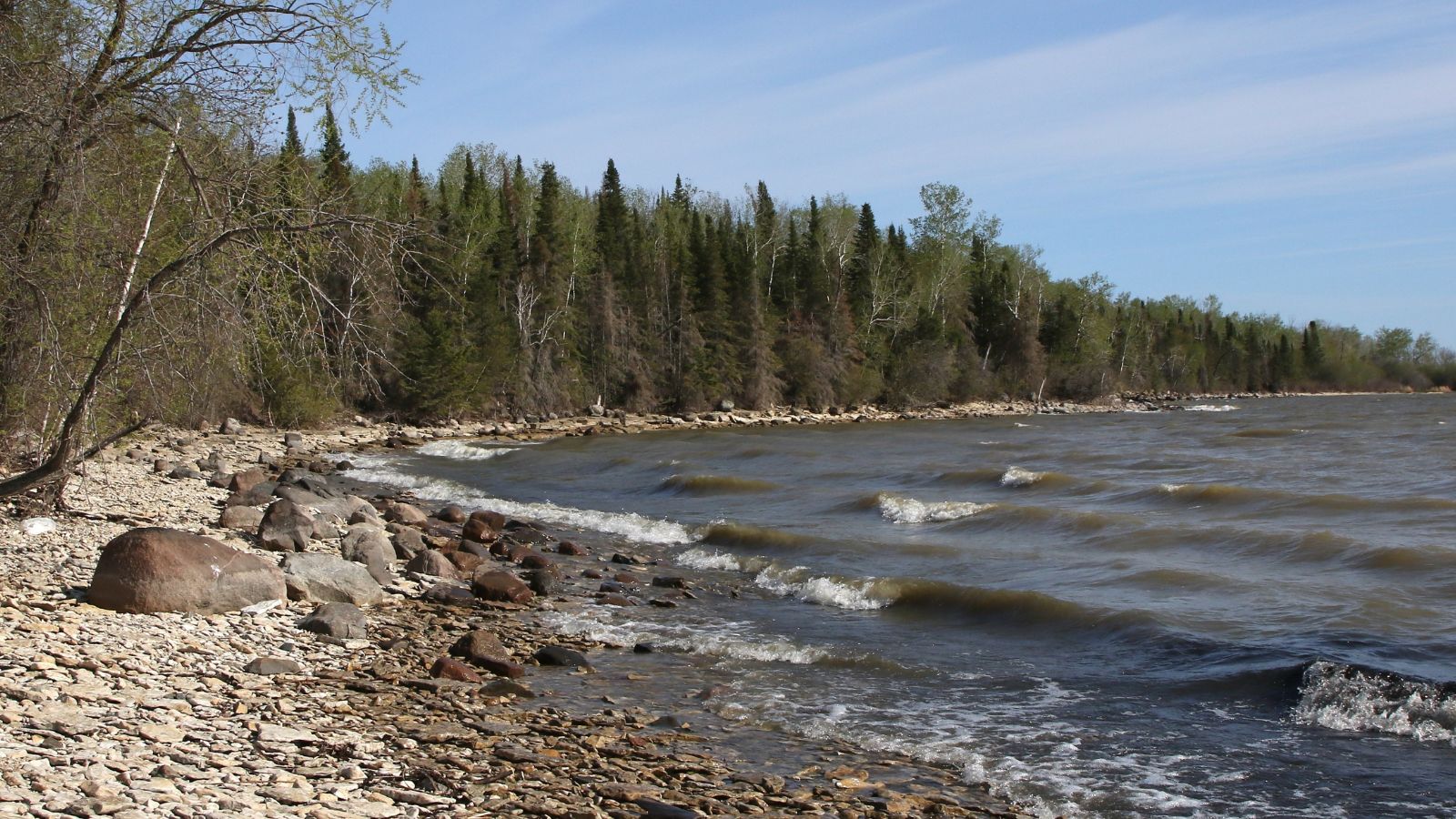
One of the world’s largest freshwater lakes, Lake Winnipeg is facing serious ecological challenges. Agricultural runoff and algal blooms are choking its waters and threatening its aquatic life.The lake’s degradation is a stark example of how human activity can impact even vast natural systems. Efforts are underway to restore it, but the lake’s health remains fragile.
Gulf Islands, British Columbia
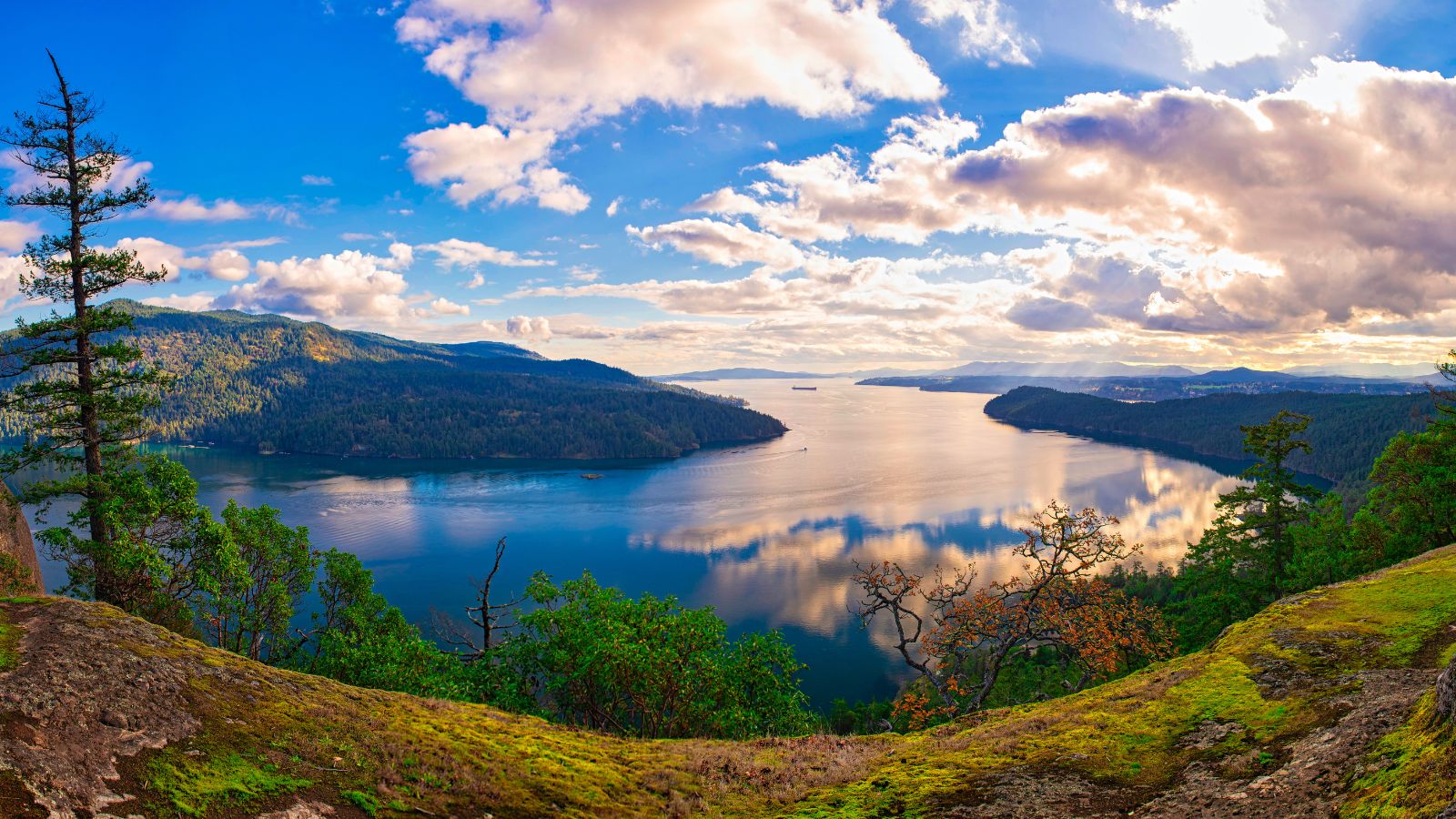
The Gulf Islands are known for their mild climate, rocky beaches, and artsy communities. Rising seas and more intense storms are beginning to take a toll on their shorelines and infrastructure. The ecosystems here, especially sensitive coastal habitats, are highly vulnerable. Visiting now lets travelers experience their charm before more dramatic changes unfold.
Kluane National Park, Yukon
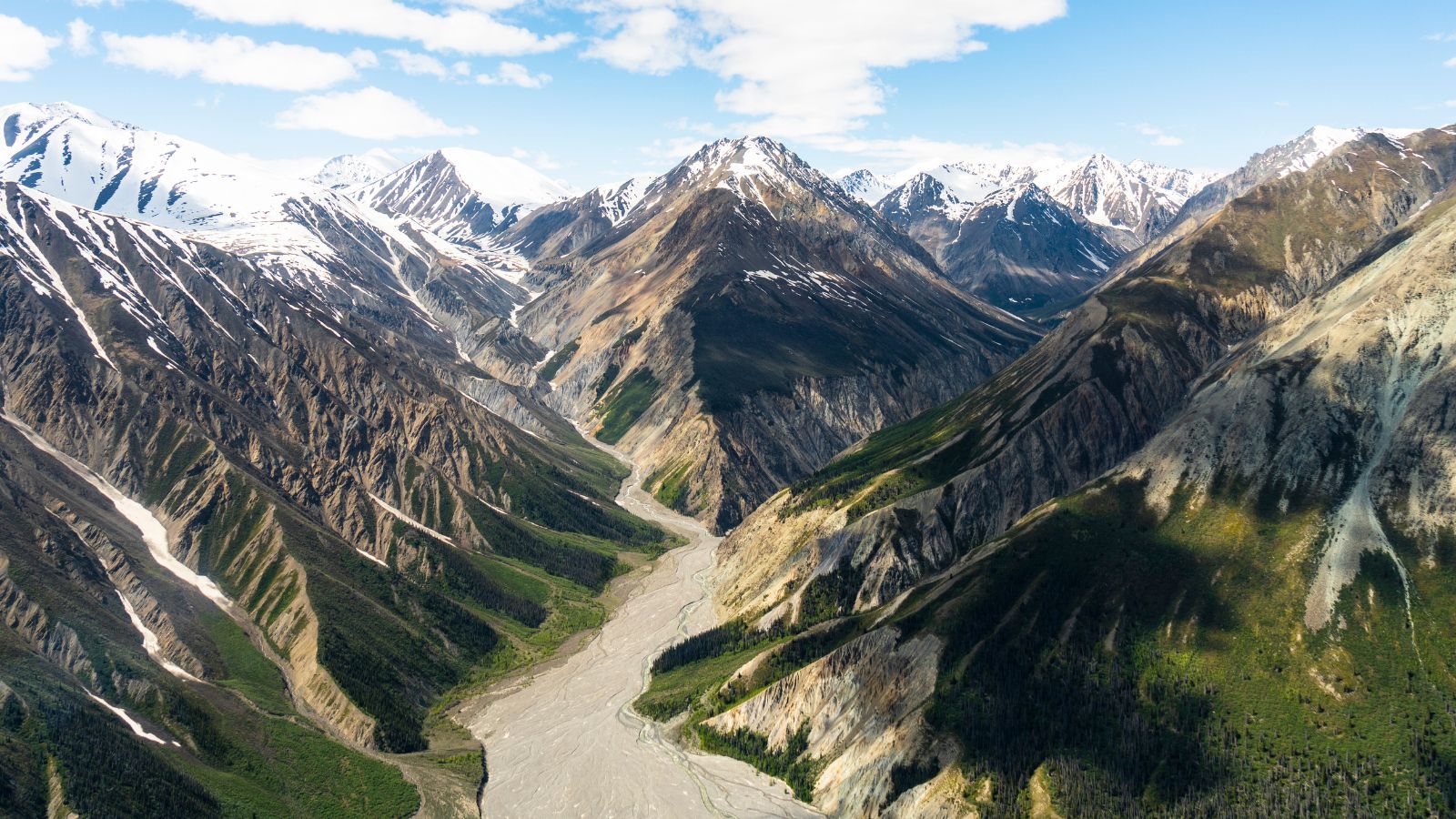
With Canada’s tallest mountains and some of its largest glaciers, Kluane is an epic expanse of wilderness. But it, too, is being reshaped by climate change, particularly glacial retreat. As ice melts, new landscapes are emerging, lakes forming where glaciers once stood. It’s a dramatic, if bittersweet, transformation to witness.
Cape Breton Highlands, Nova Scotia
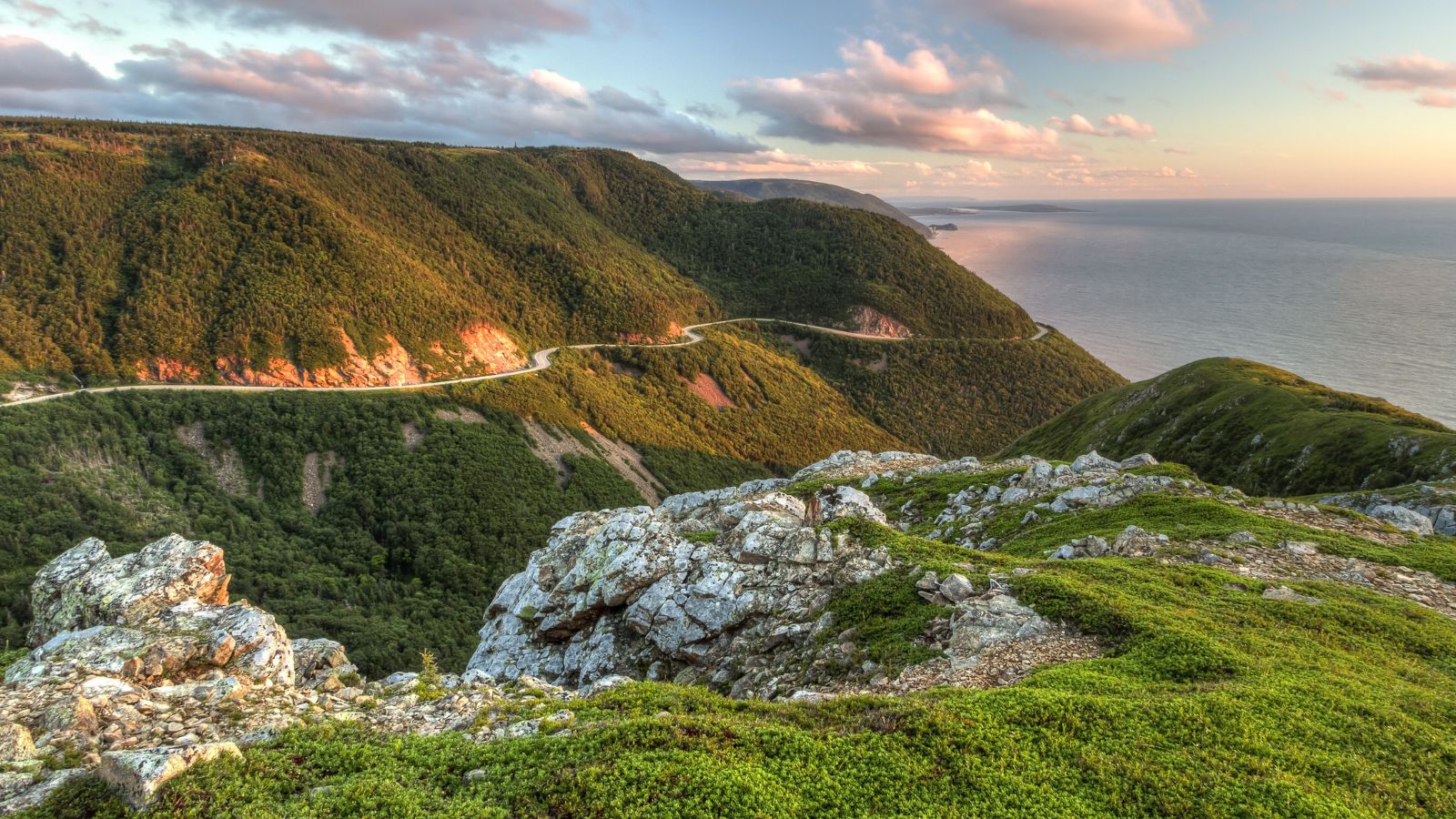
Cape Breton’s dramatic cliffs and highlands are a gem of Atlantic Canada. But increased storm activity and erosion threaten its rugged coastlines. Changes in ocean temperatures also affect local fisheries and marine ecosystems. While still breathtaking, the area is changing faster than ever before.
Hudson Bay Lowlands, Ontario and Manitoba
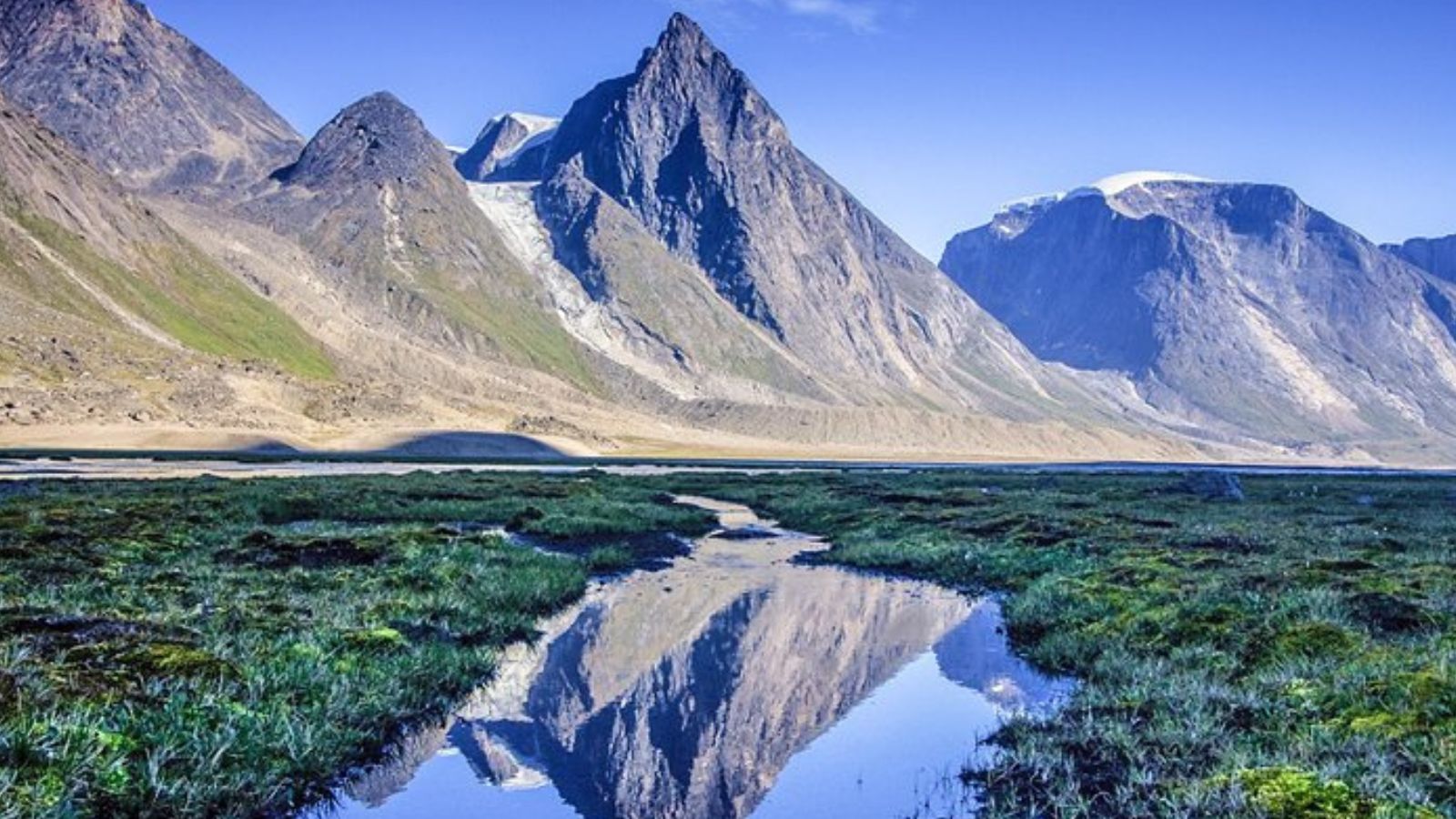
This vast wetland region stores immense amounts of carbon and supports rare wildlife like woodland caribou. Thawing permafrost and resource development put it at risk. Preserving the Lowlands is critical for climate stability. For now, it’s a remote paradise, still mostly untouched, but that could change soon.
Niagara Escarpment, Ontario
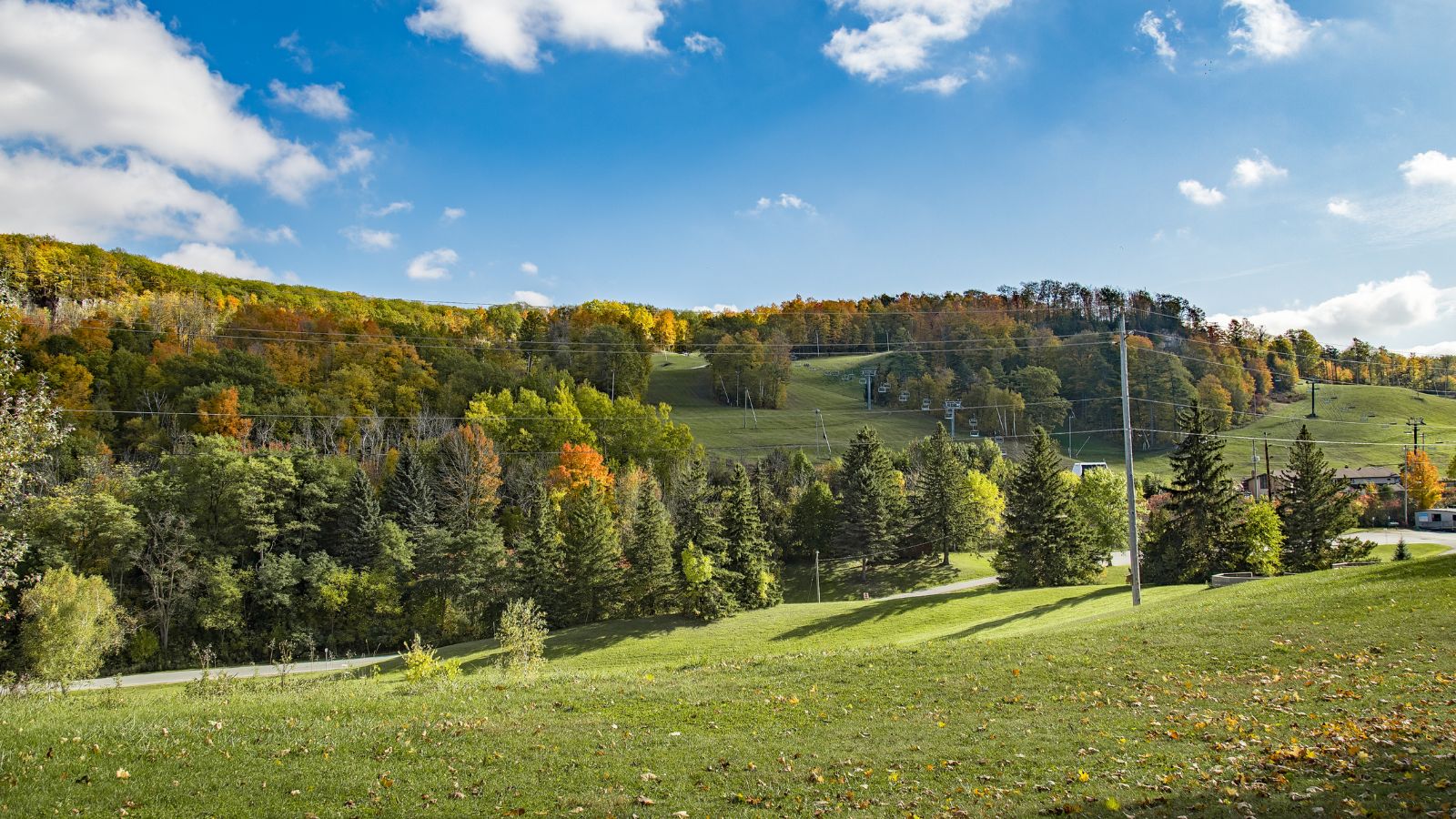
Home to waterfalls, caves, and rich biodiversity, the Niagara Escarpment is a UNESCO World Biosphere Reserve. Urban sprawl and quarrying have already impacted parts of it. Ongoing development pressures threaten to further fragment this unique landscape. Visiting helps support local conservation and raises awareness of its value.
Old Crow Flats, Yukon
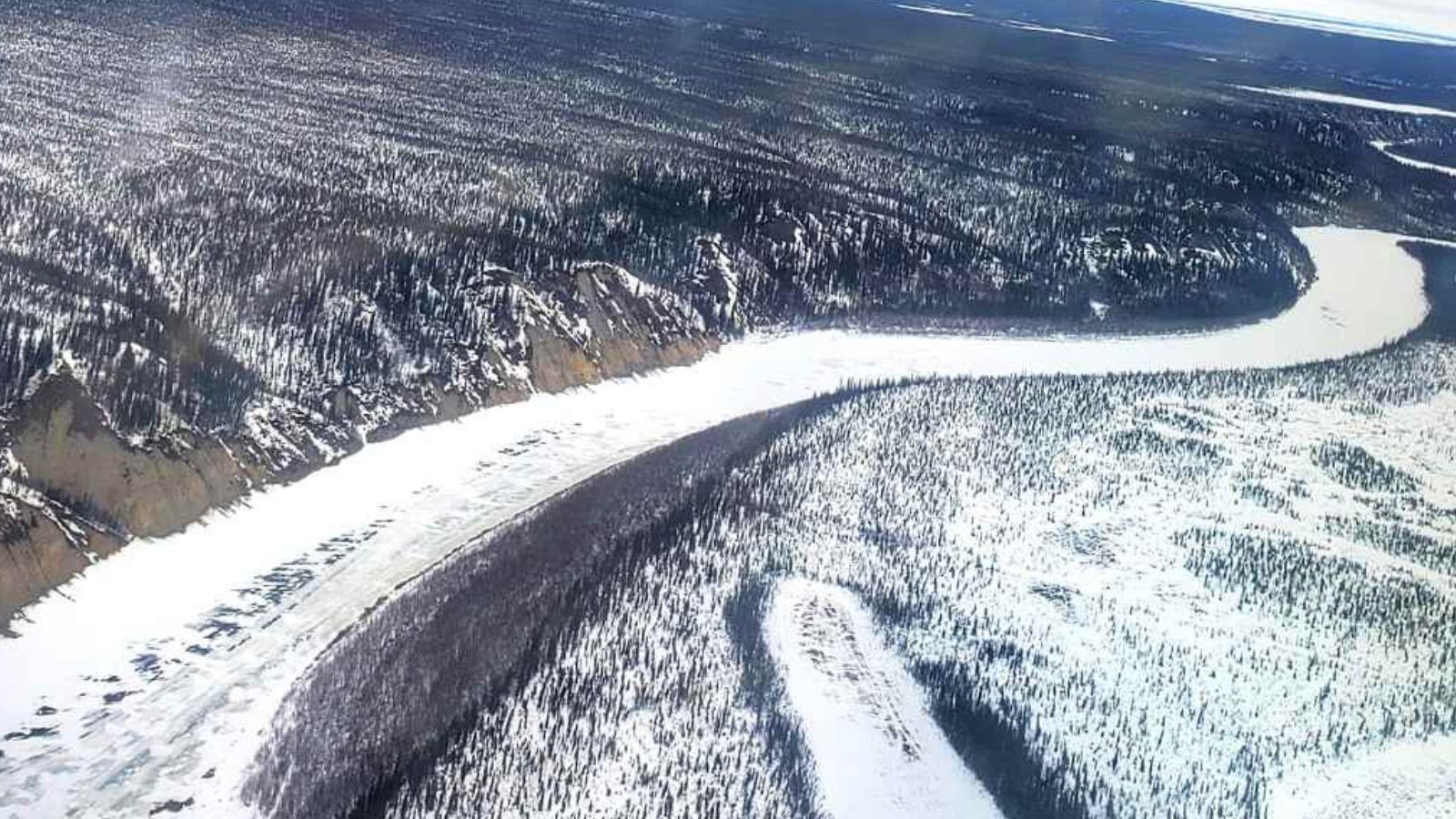
An internationally significant wetland, Old Crow Flats is vital for migratory birds and is sacred to the Vuntut Gwitchin First Nation. Climate change is causing lakes to drain and ecosystems to shift. The region’s remoteness has preserved it—so far. But it’s changing fast, and researchers consider it a bellwether for Arctic ecosystems everywhere.
Mingan Archipelago, Quebec
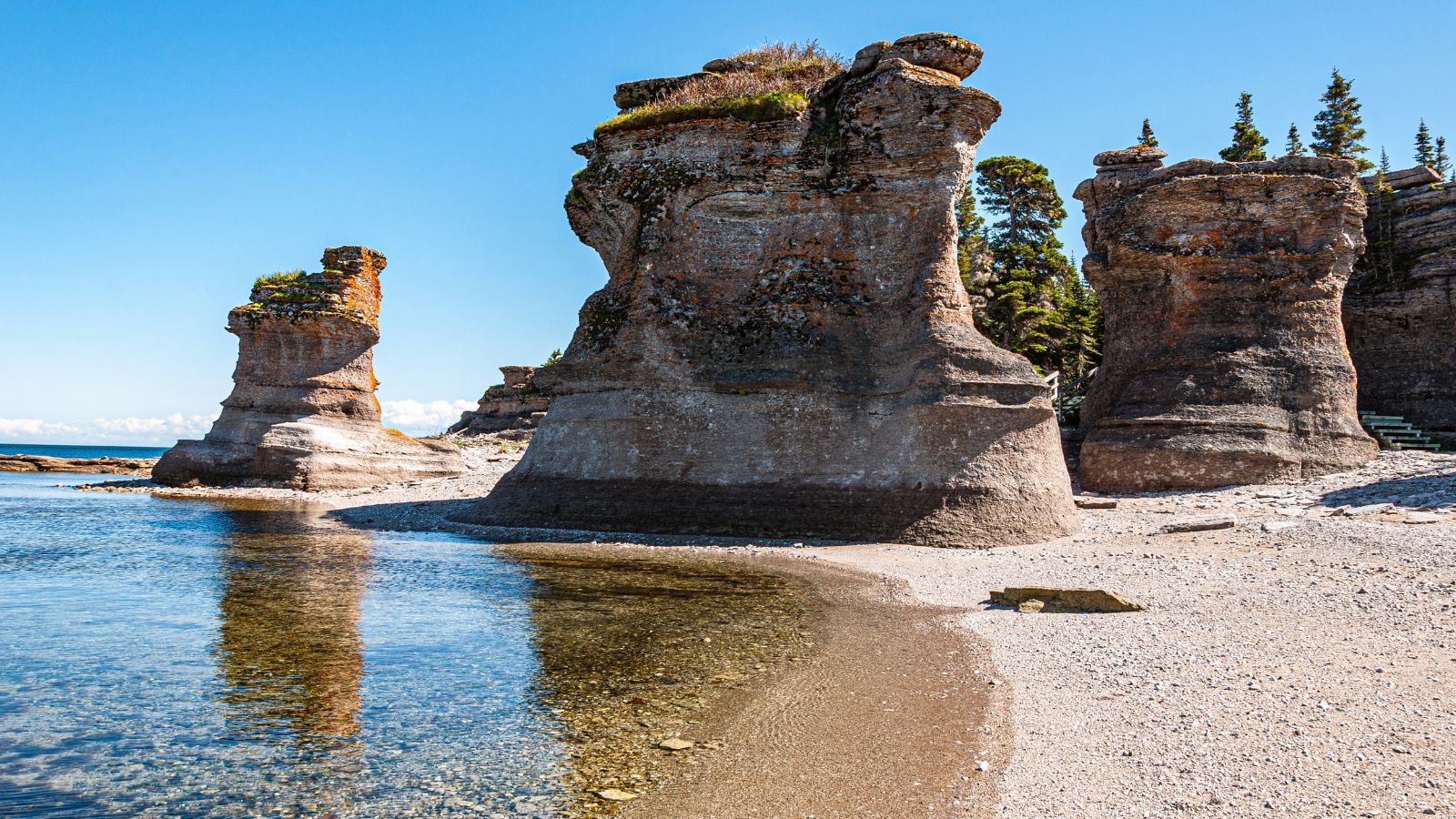
This chain of limestone islands and monoliths off Quebec’s north shore is a surreal and delicate coastal ecosystem. Rising seas and stronger storms threaten to erode these unique formations. The area is a haven for seabirds and marine mammals. As climate stress increases, the archipelago’s future becomes more uncertain.
Churchill, Manitoba
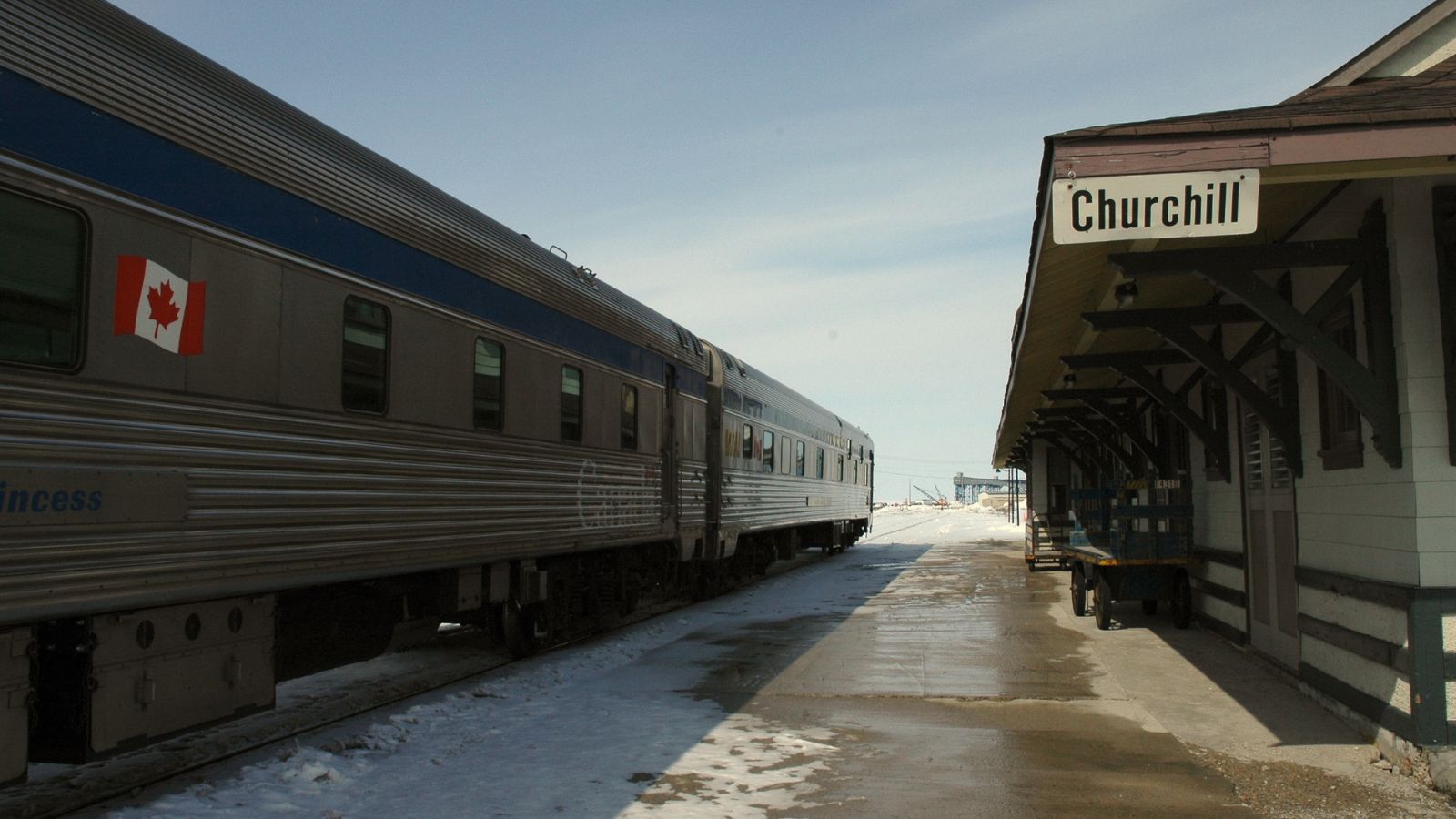
Known as the “polar bear capital of the world,” Churchill is also one of the best places to see beluga whales and the Northern Lights. But warming temperatures threaten the sea ice essential for polar bears’ survival. Changes in migration patterns and food availability are already evident. Churchill remains magical, but its wildlife is at a tipping point.
Haida Gwaii, British Columbia

Once known as the Queen Charlotte Islands, Haida Gwaii is rich in Indigenous culture and biodiversity. Sea level rise and introduced species have already altered some ecosystems. Local communities are deeply involved in stewardship, but time is short. Visiting supports both conservation and cultural preservation.
Rideau Canal, Ontario
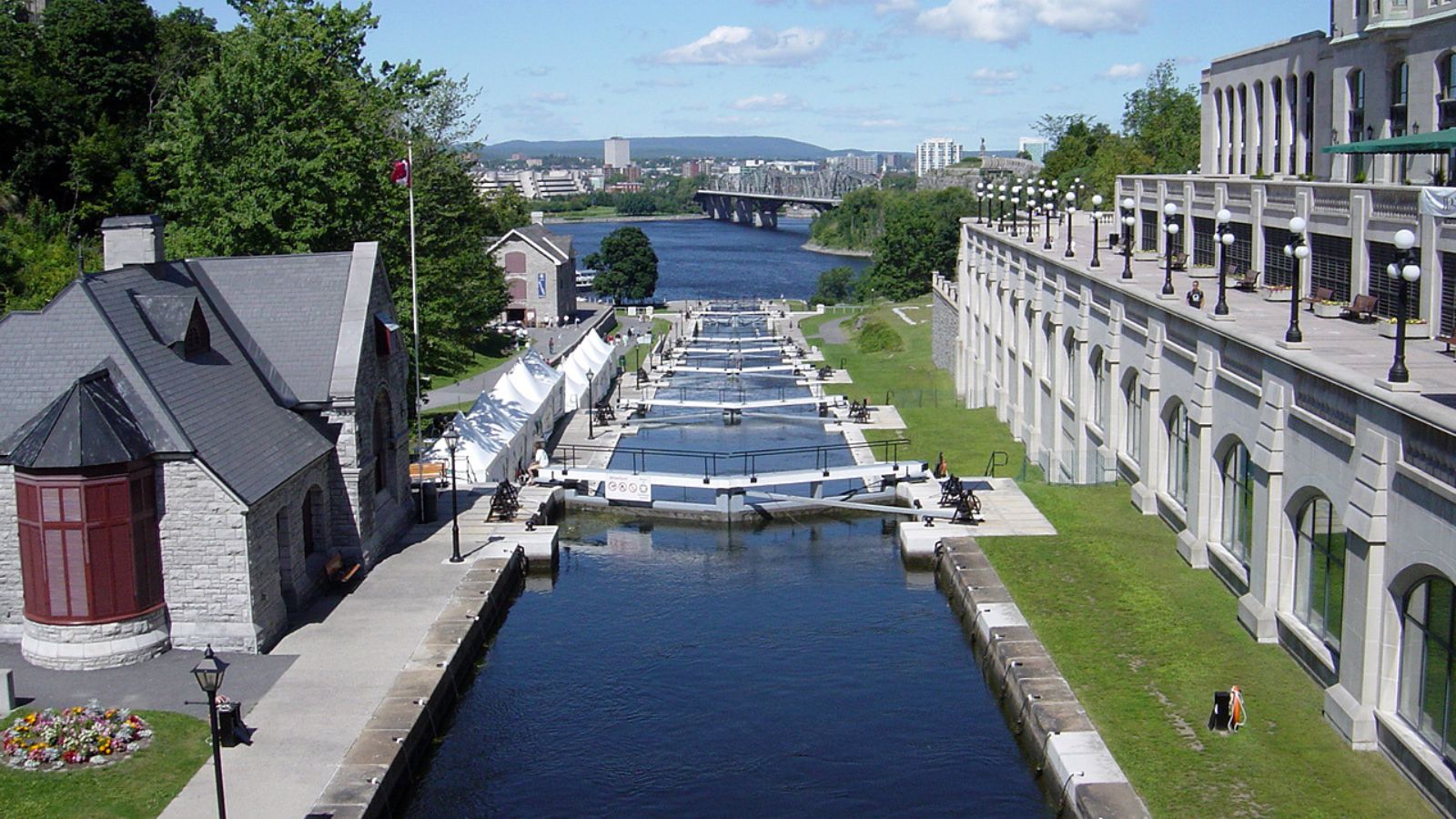
Canada’s oldest continuously operated canal is both a historic site and a recreational treasure. Warmer winters could shorten its skating season drastically in the coming decades.Ice conditions have already become more erratic. A winter skate here might become a memory sooner than many realize.
Wood Buffalo National Park, Alberta and Northwest Territories
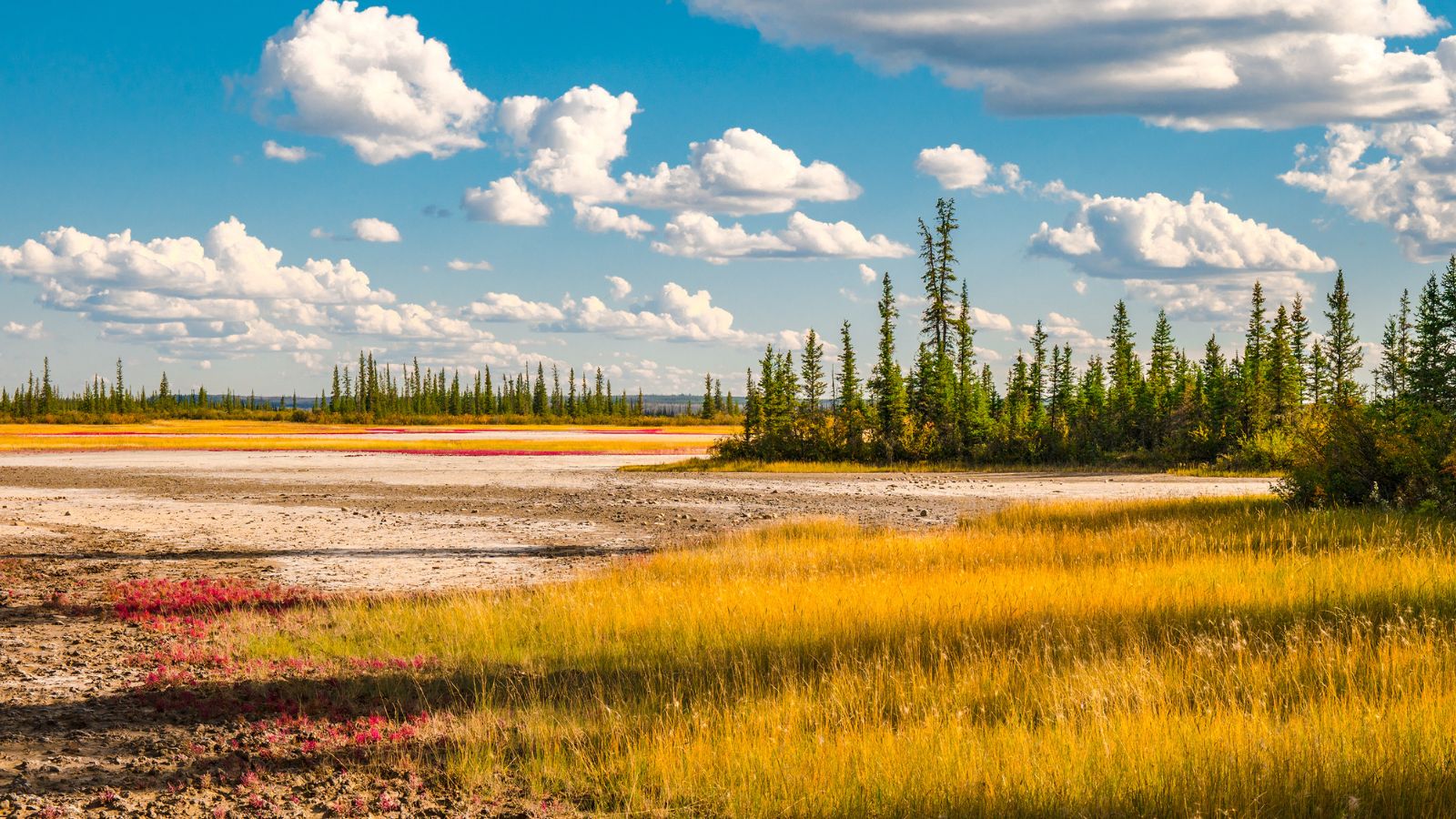
This massive park houses the world’s largest beaver dam and endangered whooping cranes. But it’s under threat from upstream industrial activity and climate shifts.Preserving its unique wetlands and biodiversity is critical. For now, it remains wild, but that wilderness is not guaranteed.
22 Times Canadian Ingenuity Left the U.S. in the Dust

When people think of innovation, they often picture Silicon Valley. However, Canada has a history of innovation, too. Whether it’s redefining sports, revolutionizing medicine, or just showing America up at its own game, Canadian inventors, thinkers, and dreamers have had their fair share of mic-drop moments. Here are 22 times Canadian ingenuity left the U.S. in the dust.
22 Times Canadian Ingenuity Left the U.S. in the Dust
